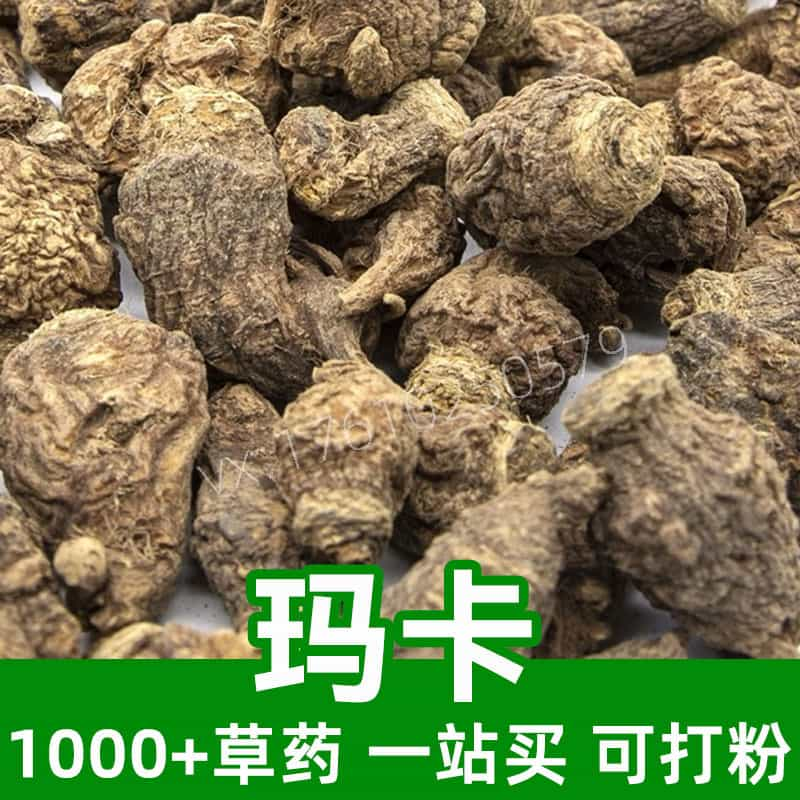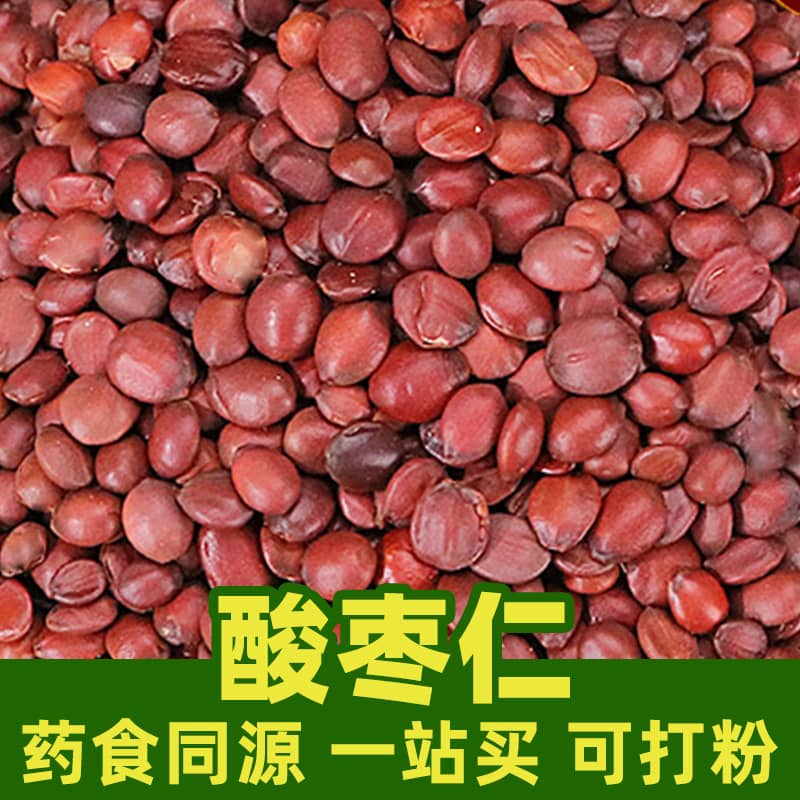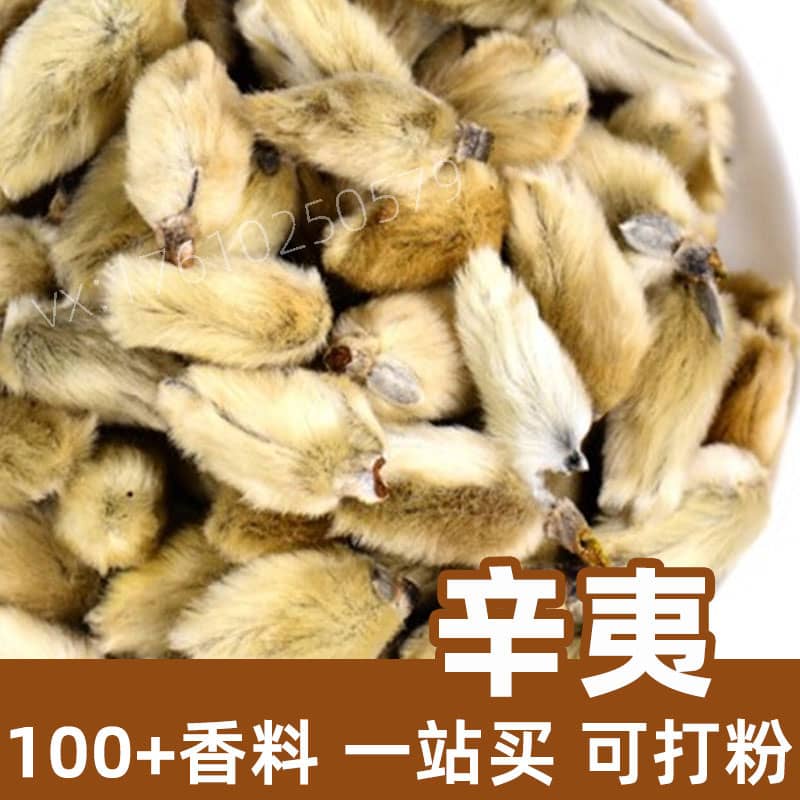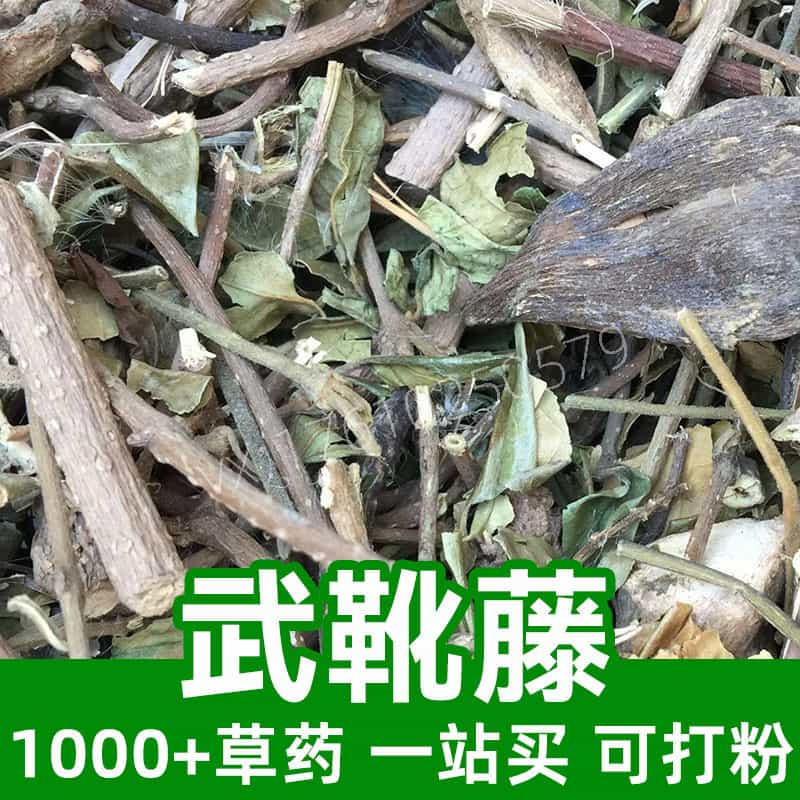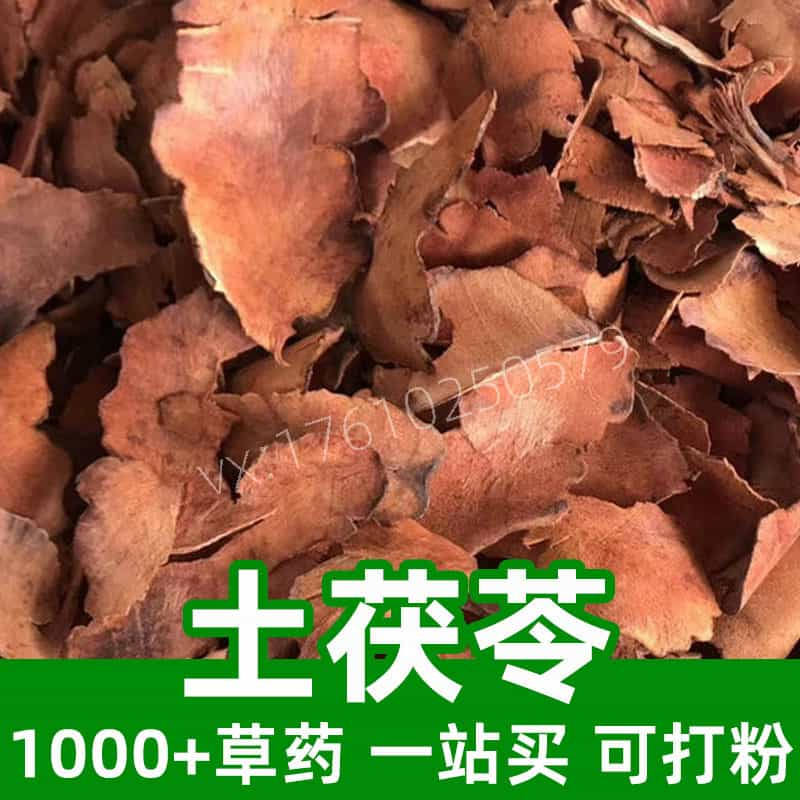Passionfruit Product Introduction
Passionfruit, also known as pepper leaf or knotgrass, is a perennial herbaceous plant primarily found in Southeast Asia, including countries like the Philippines, Vietnam, and Thailand. Its main components include essential oils, coumarins, and flavonoid compounds.
Passionfruit is widely used as a cooking spice, offering a unique spicy and aromatic flavor. Its leaves and fruits are commonly used in dishes such as grilled meats, seafood, and vegetables to enhance taste. Additionally, passionfruit is extensively applied in traditional Chinese medicine, where it is valued for promoting blood circulation, reducing swelling, and relieving pain. The leaves and fruits can be processed into medicinal forms and are often used to treat ailments such as rheumatic pain and injuries.
Key Active Ingredients of Passionfruit
Passionfruit (Piper sarmentosum) is a common herbaceous plant with the following active ingredients:
- Essential Oils:
- Passionfruit leaves are rich in essential oils, including β-caryophyllene, β-ocimene, and methyl cinnamate. These oils provide its distinctive aroma and have medicinal properties.
- Coumarins:
- Contains compounds such as coumarin and isocoumarin, known for their antioxidant, antibacterial, and anti-inflammatory effects, contributing to health benefits.
- Flavonoid Compounds:
- Includes flavonoids such as quercetin and paeoniflorin, which have anti-inflammatory, antioxidant, and antimicrobial properties that support immune health.
- Additional Components:
- Rich in vitamins and minerals, including Vitamin C, Vitamin E, calcium, and iron, which are essential for maintaining overall health.
Benefits of Active Ingredients:
- Antioxidant Properties: Essential oils, coumarins, and flavonoids help neutralize free radicals, slowing cell aging.
- Antibacterial and Anti-inflammatory Effects: These compounds support infection prevention and treatment.
- Digestive Aid: Certain components improve digestion, relieving issues such as indigestion and gastrointestinal discomfort.
- Blood Sugar and Lipid Regulation: Flavonoids help manage blood sugar and cholesterol levels, aiding in the prevention and management of diabetes and hypertension.
Overall, the active ingredients in passionfruit contribute to its extensive applications in traditional medicine and the food industry, offering notable health benefits.
Passionfruit Applications and Usage
Passionfruit is widely utilized in traditional medicine and the culinary field, with different applications and dosages based on its use.
- Traditional Medicine Applications:
- Commonly used in Chinese medicine for detoxifying, reducing heat, and relieving swelling.
- Effective for treating conditions like throat inflammation, lymphadenitis, and heat-related skin issues.
- Typically prepared as fresh or dried leaves in decoctions, powders, or poultices.
- Dosage: Fresh leaves 10–30g or dried leaves 3–10g, taken as a decoction or applied externally.
- Culinary Applications:
- Used as a flavorful spice to enhance dishes like salads, rice, soups, and stews.
- Fresh leaves can be finely chopped and added to meals to enhance both nutrition and flavor.
- Also used to create flavored oils or condiments due to its distinctive aroma.
- Beverage Applications:
- Leaves can be brewed into tea, providing a refreshing and detoxifying drink.
- Fresh or dried leaves are steeped in hot water or boiled with other herbs for a fragrant tea.
- Health Supplements:
- Extracted into forms like oral liquids or capsules for boosting immunity and detoxification.
- Dosages vary by product, following manufacturer recommendations.
Notes:
Passionfruit usage should follow appropriate guidelines to prevent overconsumption and potential side effects.
Passionfruit Source Plant Overview, Distribution, and Growth Conditions
Plant Description:
- Passionfruit (Houttuynia cordata Thunb.) is a perennial herbaceous plant with creeping stems, rooted nodes, heart-shaped leaves, and small dense flowers blooming in summer.
- The plant emits a distinct aroma, with green leaves often showing red spots and roots carrying a fishy scent.
Distribution:
- Native to China, primarily found south of the Yangtze River in regions like Jiangsu, Zhejiang, Anhui, Jiangxi, Hunan, Hubei, Sichuan, Guangdong, and Guangxi.
- Also grows in other Asian countries, including Japan, Vietnam, and as far as Indonesia and the Philippines.
Growth Environment:
- Prefers humid locations, such as forest edges, valleys, near streams, fields, and waterlogged areas.
- Thrives in semi-shaded conditions with moderate sunlight and adapts well to moist soils.
Growth Habits:
- Cold-resistant and robust, tolerating harsh environments but less suited to high heat or drought.
- Prolific and adaptable, often growing rapidly under favorable conditions.
Passionfruit Harvesting, Processing, and Storage
Harvesting:
- Best harvested during its peak growing season in spring and summer, particularly in early morning or late evening to maximize its active components.
Processing:
- Initial Processing:
- Clean harvested plants thoroughly, removing soil and debris.
- Air-dry partially to reduce moisture content.
- Further Processing:
- Fully dry under sunlight or steam for medicinal and culinary uses.
- Grind into powder for easy incorporation into products.
Storage:
- Ensure proper drying to prevent mold or spoilage.
- Store in a clean, dry, and well-ventilated container, keeping away from sunlight and moisture.
Monica Sun is a seasoned expert in the natural raw materials industry, with over a decade of experience specializing in traditional Chinese medicinal herbs, spices, and fungi. She is skilled in the sourcing, processing, and application of these materials, emphasizing sustainability and innovation. Monica Sun has contributed to the development of high-quality natural raw materials that serve as essential components in functional foods, pharmaceuticals, and cosmetics, delivering tailored solutions to meet diverse market needs.








